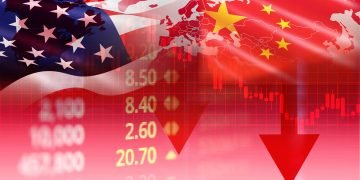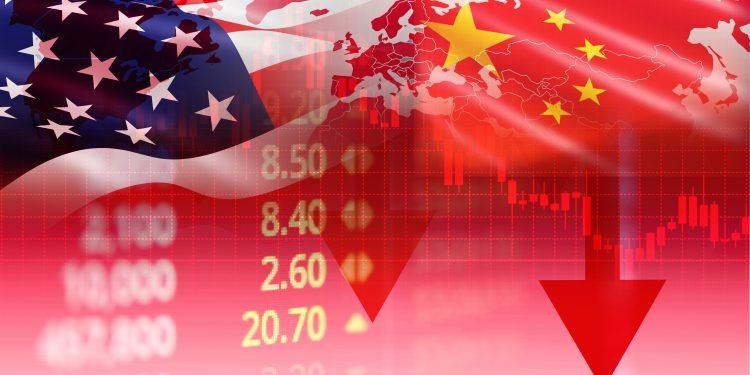By Maria Kalamatas | May 14, 2025
Shanghai —
It started quietly. A few containers left sitting on the tarmac longer than usual. A couple of canceled air freight bookings. Then, within days, it became clear: something had changed. The once-reliable flow of goods by air from China to the U.S. had taken a sharp turn.
The trigger? A regulatory shift in Washington. The removal of the “de minimis” exemption earlier this month means many low-value items—products that had long escaped customs scrutiny—now face tariffs. The fallout was immediate.
“I had three shipments pulled back last week,” said Mei Lin, a Shenzhen-based electronics supplier. “Suddenly, the numbers don’t work. Our clients in the U.S. are putting everything on hold.”
Across the freight sector, the mood has turned cautious. Airlines that handle thousands of tons of cargo each week are adjusting their schedules. Logistics firms are reporting a drop in demand on key transpacific lanes—especially those servicing smaller importers who rely on high volumes and thin profit margins.
Cathay Pacific, among others, is reallocating freighters to regions with steadier flows. Quietly, routes once considered essential are being trimmed. One airline manager described it as “watching the tide pull back before anyone’s sure whether it’s a wave or a storm.”
At issue is more than just policy—it’s predictability. In an industry built on timing and cost efficiency, sudden regulatory moves create logistical and financial friction.
“This isn’t just about tariffs,” noted Amir Deshmukh, a Hong Kong trade consultant. “It’s about confidence. When the rules change overnight, importers stop trusting the math.”
In the short term, analysts expect volume losses to persist. For some businesses, the solution may be to reroute sourcing through alternative regions like Vietnam or India. For others, it could mean renegotiating shipping terms—or stepping away from U.S. markets altogether.
What’s clear is this: for now, fewer planes are leaving Chinese runways bound for American warehouses. And behind every grounded box is a decision paused, a route reconsidered, and a global trade system still trying to find its balance.























